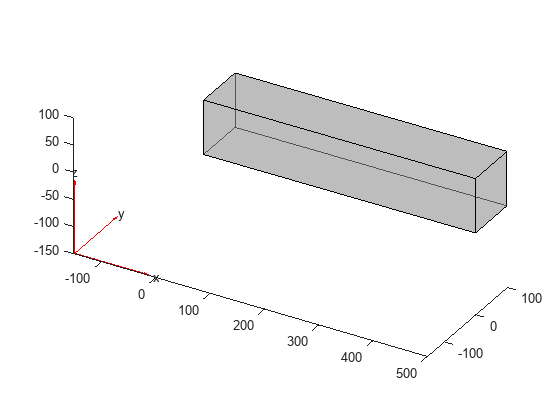structuralDamping
(To be removed) Specify damping parameters for transient or frequency response structural model
structuralDamping will be removed. Use
femodel to
specify Rayleigh damping parameters and solve to specify modal damping instead. (since R2023a) For more
information on updating your code, see Version History.
Syntax
Description
structuralDamping(
specifies proportional (Rayleigh) damping parameters structuralmodel,"Alpha",a,"Beta",b)a and
b for a structuralmodel
object.
For a frequency response model with damping, the results are complex. Use the
abs and angle functions to obtain
real-valued magnitude and phase, respectively.
structuralDamping(
specifies the modal damping ratio. Use this parameter when you solve a transient
or frequency response model using the results of modal analysis.structuralmodel,"Zeta",z)
damping = structuralDamping(___)
